Kevin Flynn, President & Managing Director, Fiat Chrysler India, accepts the award for the Jeep Compass
Are you surprised by the demand for the Jeep Compass in India? We have great aspirations for the Jeep brand in India, and the Compass is a significant part of that. Bringing in the CBU products was always about brand building, positioning and getting
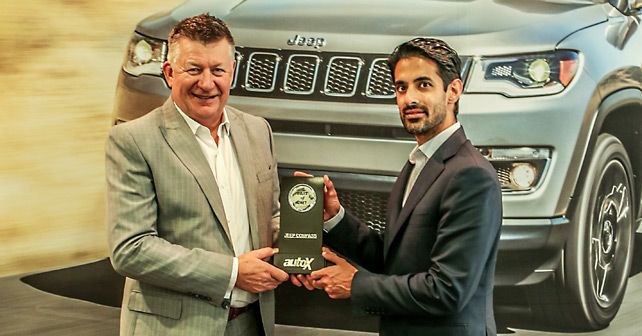
Jeep Compass
Are you surprised by the demand for the Jeep Compass in India?
We have great aspirations for the Jeep brand in India, and the Compass is a significant part of that. Bringing in the CBU products was always about brand building, positioning and getting everything in place for the introduction of the Compass – our first locally manufactured and sourced product. So, clearly, we’ve got aspirations – and we’re achieving those targets. We’re ambitious and we’re optimistic. If I were to say that we’re not surprised that would sound conceited. Let’s just say that we really appreciate the way the car has been evaluated and the way it’s been appreciated in the market.
This is not a car that has been built for India, but a global car that’s manufactured, sourced and is being sold in India. Our first exports have left, and this car is going to start launching in right-hand drive markets across the world. I think that’s an amazing feat. I think it’s actually something that India should be proud of. This has been achieved under the banner of ‘Make in India.’ You can go and see a Jeep Compass in any major city of a right-hand drive market, and that’s going to come out of Ranjangaon.
Is there a way to quantify how much the ‘Jeep’ brand brings to the table?
I feel one feeds off the other. If a good brand builds a car that doesn’t meet expectations, the brand will carry it for a while but not forever. If you have a weak brand that brings a fantastic product, you’ll see some good results but the brand will hold it back. Brand management and brand equity is key.
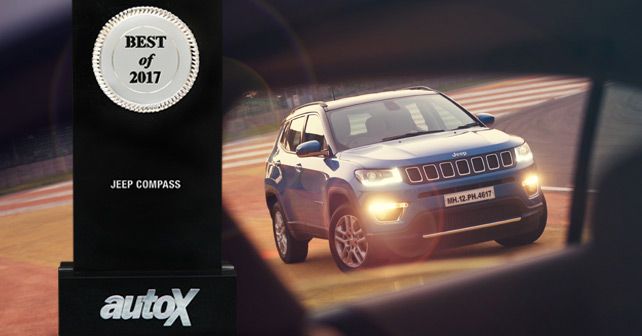
The choice to bring the Jeep brand in India with some of our products at the top end of the spectrum was always about establishing the credibility in the market. Jeep is on a growth path on a global basis. The new generation Compass is part of that, and we’re one of four plants around the globe making this car. To have achieved that is a massive accolade.
Your first set of customers can be your brand ambassadors. How can your dealers ensure that these customers, and the ones who follow, are looked after?
I think this is ‘the’ biggest challenge, but I feel that we’ve hit it head-on. So, by the close of play in December we’ll have effectively 60 new or completely renovated facilities. Part of that renovation has been the introduction of the Mopar brand. Mopar allows us to break from the past and say this is what we’re really about – and we’ve invested heavily in this. We have a lot more people in the field who are technically up to speed and are supporting the car. So, we’re going to make sure that we don’t have any issues in terms of technical competence or even back up parts. You’re right, the early adopters may end up telling the wrong story, and I will make sure that doesn’t happen.
With so much demand for the Compass, what’s your strategy to get the car to market?
One second you’re going hurrah! But, on the next, you’re getting frustrated. The question is how do you keep people warm and make sure they know that we care and love them – and keep them interested?

Number one is keeping the appeal of Jeep Compass alive in their minds. Number two is to crank up production, which we’ve done and this month we’re looking really good. We have a daily take-off target, and we’re ahead of that this month. But I cannot, and will not, compromise on quality. Its one thing getting them out of the plant, but another thing making sure we achieve the extremely high-quality standards that we’ve set. We build cars for Japan, Australia, UK, and others, and there’s an awful lot to do as you start building the car. So, I’m pleased at where we are. But, yes, it would be fantastic to be able to deliver more vehicles.
What is the ratio currently, between petrol and diesel vehicles, for India?
It’s around 70:30 in favour of the diesel at this stage. However, we do have total flexibility to move it should the demand require us to do so.
There is all this talk about electrification from the government. At what point do you plan for electrified models for a country like India?
It’s fantastic to have this vision. But, between the vision that we applaud and the reality of today, there’s a massive change that has got to happen in India. Nevertheless, the industry understands its responsibility towards electrification. It also understands the need, so I wonder who’s faster – the automotive industry’s capability or the delivery of the government’s policies and programmes? This is a massive country – you’re going to need a really good charging infrastructure on a massive scale. So, we applaud the direction, which is global. In Europe, they’re targeting 2040. In India, we’re talking 2030. But I have no doubt that if a country like India can focus its resources, it will get there.

.webp)

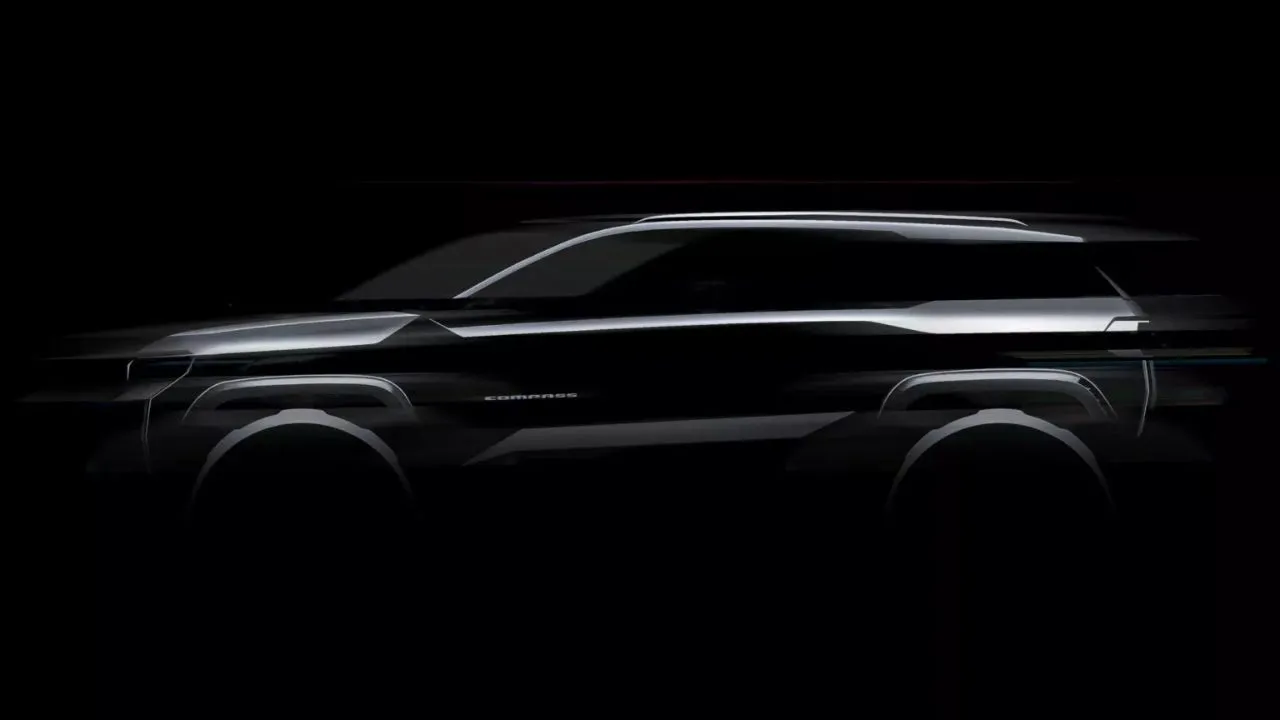




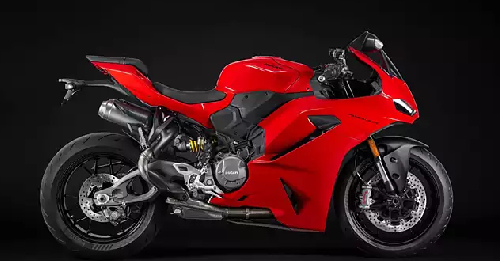

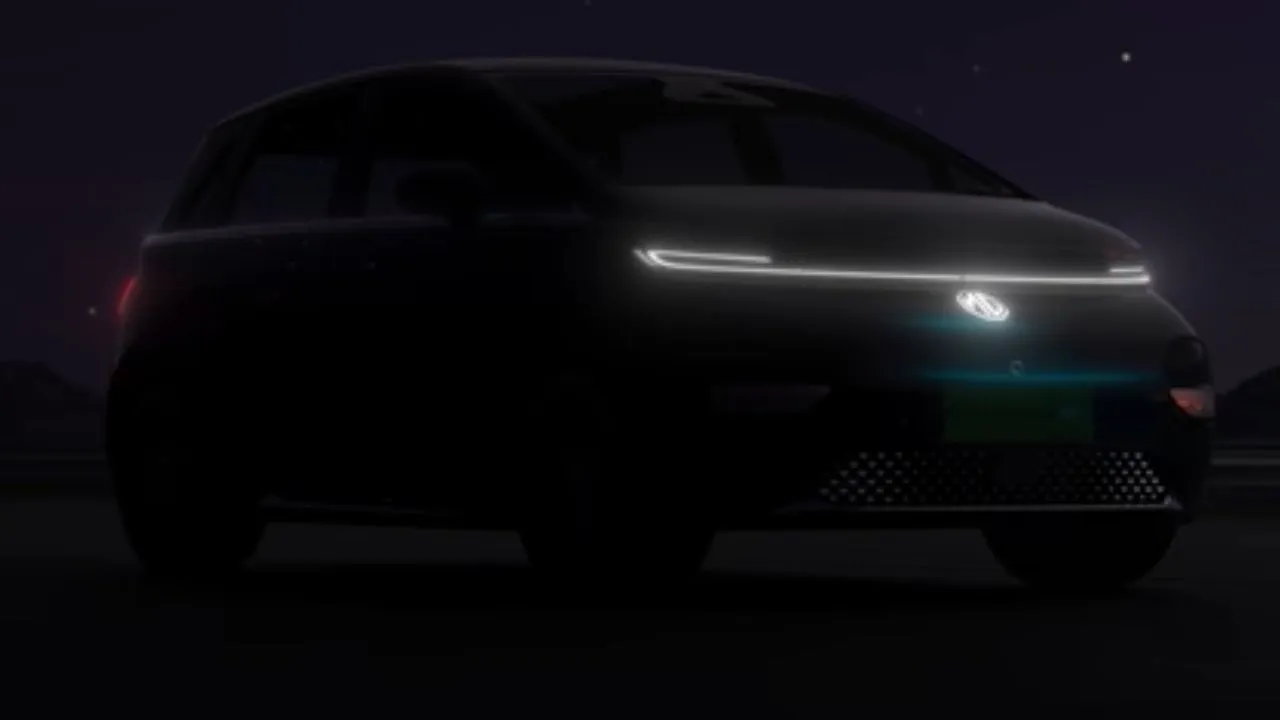


Write your Comment on